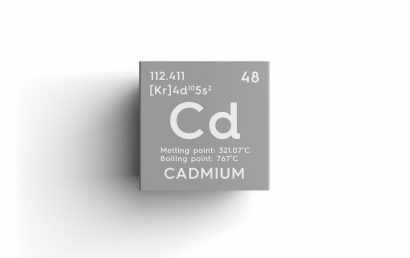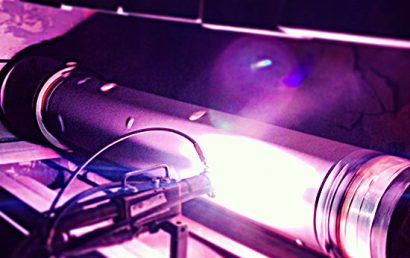Tungsten Brake Coatings Reduce Pollution And More
There’s something new and exciting happening in the automotive industry. Tungsten coated brakes are assisting in the reduction of pollution, wear, and dust. To your average person on the street, automotive brakes probably aren’t considered pollutants. But that is apparently not accurate thinking. Fortunately, thanks to these new tungsten coatings, brakes just got a little cleaner. And that’s a good thing because our cars and trucks serve many purposes in our lives including pleasure, business, and more.
Automotive Costs
When it comes to the maintenance of a vehicle’s exterior and the moving parts, anyone that’s driven for any amount of time knows that it can be a costly venture. But our pocketbooks are not the only things that suffer due to cost. Vehicles pose a significant cost to the environment, as well. New tungsten coatings, however, are helping to reduce some aspects of automotive environmental impact. The source of that impact, in this instance, it is the brake system.
The Business of Stopping
You press the brake pedal when you need to slow your vehicle down. What happens next is a reaction: hydraulic fluid moves through your vehicle’s brake lines. In turn, pistons are extended in your brake caliper. As a result, the brake pad is squeezed by these pistons to press against a rotor made from cast-iron. This increases friction between a couple of different components. What results is the slowing of your vehicle thanks to the resistance being increased in the turning wheel.
Improvements and Braking
Many improvements have been made, over the years, to the braking system of vehicles including traction control and antilock braking. One of the most significant improvements, however, has been the disc brake. In a matter of seconds, it can bring a speeding vehicle to a screeching halt. In addition to increasing the ease of stopping, in direct contrast to their predecessor – drum brakes – they fade less under heat. Additionally, it’s easier to service disc brakes. Just last year, for existing vehicles, in excess of 330 million disc brakes were needed. So, if these brakes are causing problems in the environment, you can see how significant that would be.
Disc Brakes Show Their Downside
When disc brakes are stopping a vehicle, pollutants are produced. There is the trade-off. Brake dust and other little particles are distributed into the atmosphere and are contributing more than 30% to particle emissions. Enter new iDisc brakes.
In iDisk brakes, tungsten and carbon are mixed together to provide a carbide coating for the rotor. With this new system, no braking efficiency is lost, but brake dust is cut back by approximately 90%. Using a galvanizing and thermal process, cast iron rotors are treated and then coated with this carbide solution. An added benefit (or bonus) of this process is better performance and less of a need for car wheel cleaning.
It’s true that these new brakes are less than cost-efficient. Hopefully, in the future, that will change. In the meantime, tungsten brake coatings are showing huge benefits when it comes to the environment.
Depending on your vehicle, you may or may not be using disc brakes. Regardless, with more and more attention being paid to the environment and what we are doing to it, it would behoove us to use a more environmentally friendly braking system, whenever possible. When it comes to tungsten, carbide, and other functional or protective coatings, A & A Coatings offers the utmost in expertise. Contact us today to find out how we can be of service to you, your business, or your industry.



